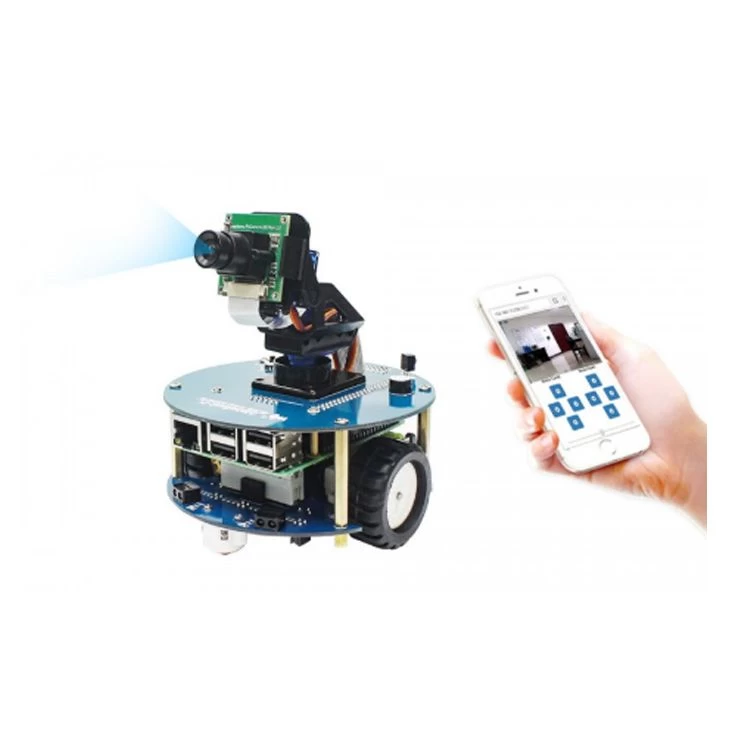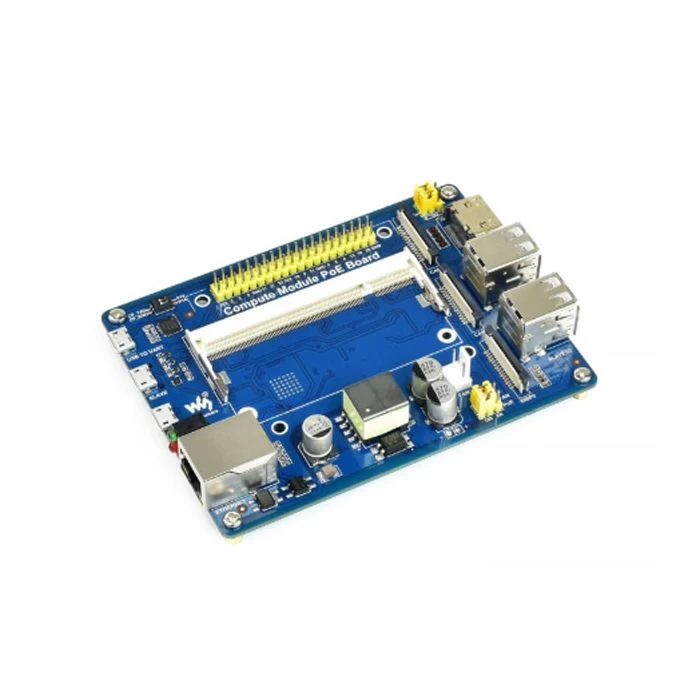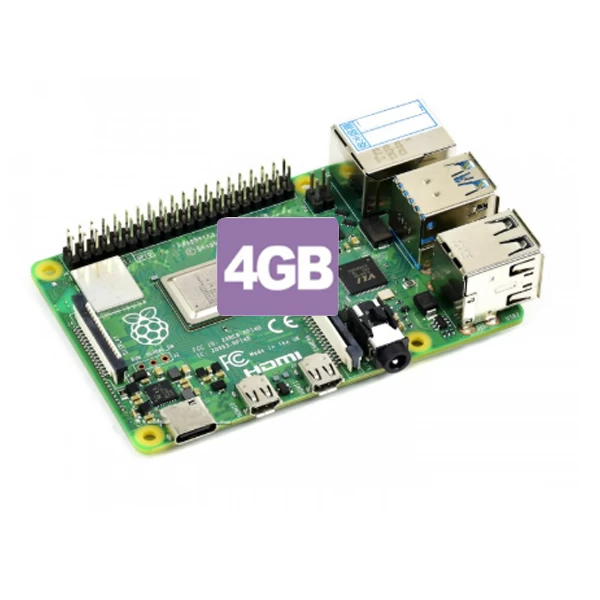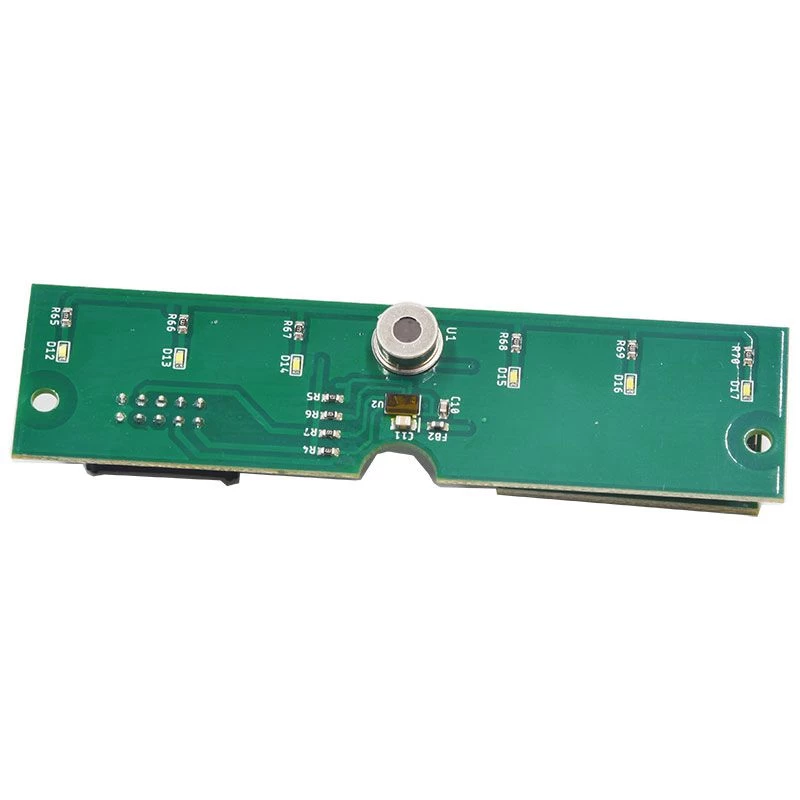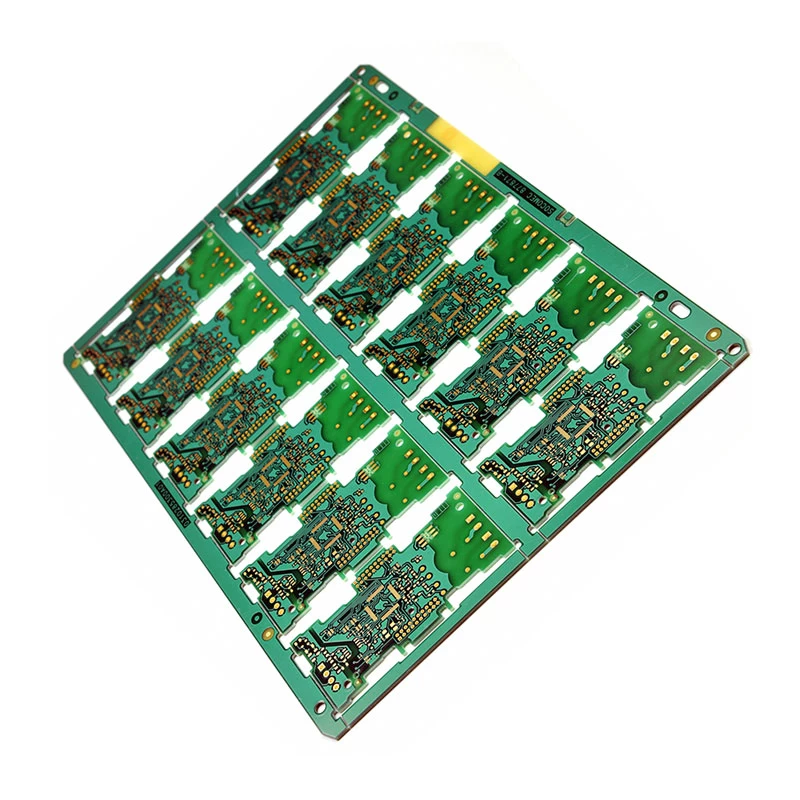2019 PCB global market analysis
Thanks to the strong pull of new downstream sectors such as digital currency, the PCB industry ended its decline in 2017 for two consecutive years. The global PCB market grew by 8.6% year-on-year to reach US$58.8 billion. It is expected that the PCB market will reach US$68.8 billion in 2022, 2017. The CAAGR was 3.2% during ~2022.

(2) Global PCB product structure
Product structure, although the proportion of multi-layer board market decreased from 53.4% in 2000 to 38.1% in 2016, it is still the largest market segment of output value; HDI board accounted for the fastest increase, rising from 5% in 2000 14% to 16 years.
The main barriers to entry into the industry are as follows:
(1) Funding barriers
The PCB industry has high requirements for capital. In the cost structure of the entire product, fixed costs can account for more than 40%. An ordinary PCB production line needs more than 20 million yuan, a multi-layer board needs to invest 50 million yuan, HDI needs to invest more than 200 million yuan, and a new production line with an annual production capacity of more than one million square meters needs to invest at least several hundred million yuan.
Therefore, the pre-investment of the printed circuit board industry is relatively large, and manufacturers must have strong financial strength. In order to maintain the continued competitiveness of the products, manufacturers must constantly upgrade the production equipment and processes, and maintain high R & D investment to keep up with the pace of industry changes. The distinguishing feature in PCB production is customized production.
Large PCB manufacturers develop different production plans for different customers or different product requirements of the same customer, and select different production equipment, which further highlights the basic role of capital strength in enterprise development.
The core competitiveness of PCB manufacturers is reflected in the rapid supply and delivery capabilities, which means that PCB manufacturers need to build factories in the production areas of downstream customers. The huge capital investment in site selection and construction in different regions has increased the test of the financial strength of manufacturers.
As can be seen from the above, the PCB industry as a capital-intensive industry, its pre-investment and continuous operations have higher requirements for corporate financial strength, and have formed higher financial barriers for new entrants.
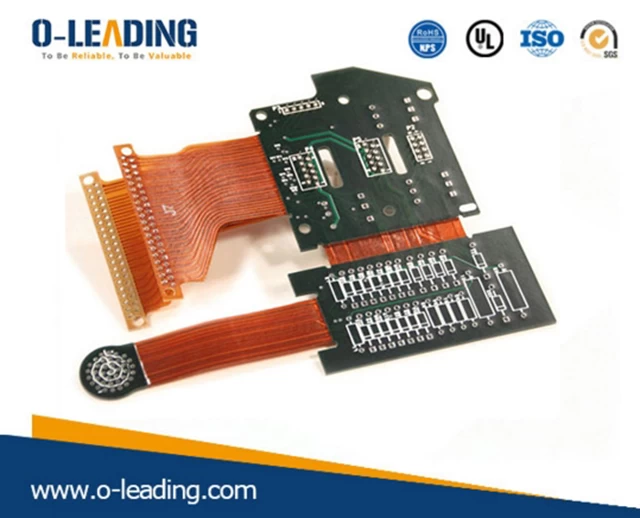
Multilayer board manufacturer china
(2) Technical barriers
Printed circuit boards are a complex segment of the market. Although different printed circuit boards have some common basic processes, more importantly, according to the thickness and material of the substrate, the required line width and line spacing, accuracy, PCB structure, production scale, assembly process and customer specified requirements, combined with the characteristics of the production enterprise and the experience of various types of customers, determine different production processes and equipment, and carry out customized production and service.
On the other hand, the PCB product types are rich and complicated. Although rigid boards, flexible boards, HDI, etc. have common points in the process, in the specific production, each type of product has its own independent production system, which is often some The reason why small and medium-sized manufacturers concentrate on producing a certain type of PCB products cannot meet the level of large-scale manufacturers that can satisfy the "one-stop procurement" of downstream customers.
As electronic products become more intelligent, lighter, and more precise, their technological advancement and stability requirements for PCB products are increasing. This means that manufacturers must have advanced production equipment, superb production processes and constant Innovative production technologies and technical barriers to entry into the PCB industry will also increase.
(3) Customer recognition barriers
Printed circuit boards are the basic components of electronic products, and their quality is directly related to the function and life of electronic products. Therefore, downstream customers of printed circuit boards, especially high-quality large customers, have higher requirements on the quality of printed circuit boards.
The industry generally adopts the “Qualified Supplier Certification System”, which requires PCB manufacturers to have a sound operation network, an efficient information management system, rich industry experience and a good brand reputation. Especially for some international leading brand customers, when selecting qualified suppliers, they not only pay attention to product performance, quality and stability, but also audit procedures, “6S” (finishing, rectification, cleaning, cleaning, literacy, safety) management, factory operation specifications.
Many soft assessment indicators such as production procedures, environmental protection, employee benefits and social responsibility. The certification process is rigorously complex and takes a long time.
After passing the certification of qualified suppliers, when it comes to the production of specific models, downstream customers often need PCB manufacturers to participate in joint research and development, and customers will repeatedly demonstrate several or even dozens of solutions proposed by suppliers.

HEAVY COPPER BOARD manufacturer china
Therefore, the common design and R&D capabilities of PCB manufacturers have formed a certain binding effect on customers, and customers have strong stickiness. In general, high-quality downstream high-end customers tend to cooperate with large PCB manufacturers. The inspection cycle for PCB suppliers is about one year. Once a long-term stable cooperative relationship is formed, it will not easily enable new manufacturers to cooperate. Higher customer recognition barriers.
(4) Environmental protection barriers
Electroplating, etching, development, and film removal processes in the PCB production process all produce a large amount of industrial waste water and waste gas.
Therefore, the environmental protection requirements for electronic product production are increasingly strict in countries around the world. Following the EU's Directive on the Restriction of the Use of Certain Hazardous Substances in Electrical and Electronic Equipment (RoHS), the Registration, Evaluation, Authorization and Restriction of Chemicals (REACH) requirements, the Chinese government has also issued Electronic Information.
Measures for the Prevention and Control of Product Pollution Prevention (China RoHS), and announced that it will uphold the scientific development concept and take “energy saving, emission reduction, consumption reduction and efficiency improvement” as the primary goal of development.
The PCB industry has many production processes and complicated processes. It consumes a large variety of raw materials and involves heavy metal pollution sources. At the same time, it requires a lot of resources and energy, and the waste generated is difficult to handle.
Therefore, environmental protection work has always been a highly important part of the PCB industry's production. The procurement of environmental protection equipment, the construction of environmental protection projects, the popularization of environmental protection concepts and the long-term effective implementation of environmental protection work will consume a lot of manpower, material resources and financial resources.
At the same time, environmental protection is also a requirement of customers for its suppliers. In particular, some of the leading international brand customers' “Qualified Supplier Certification System” includes soft indicators for assessing various environmental protection expenditures and environmental certification systems.
A large number of environmental protection inputs, advanced environmental protection processes, sound environmental management and comprehensive environmental protection supervision and approval all constitute environmental protection barriers for new industries in the industry.













